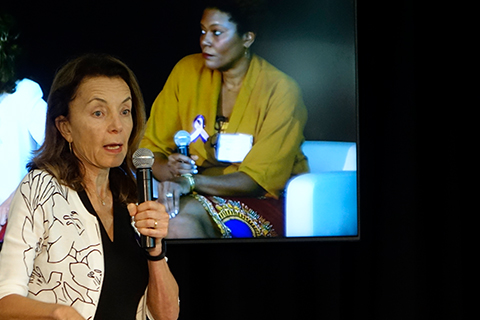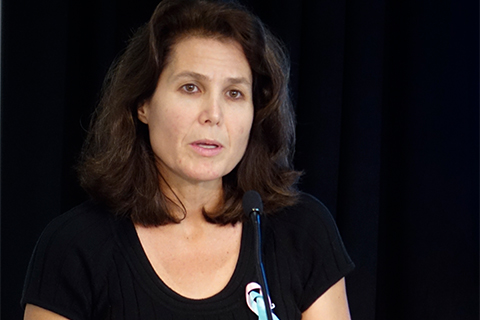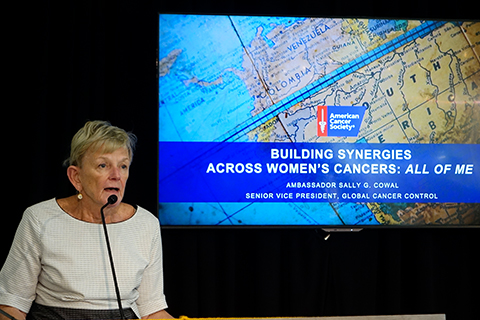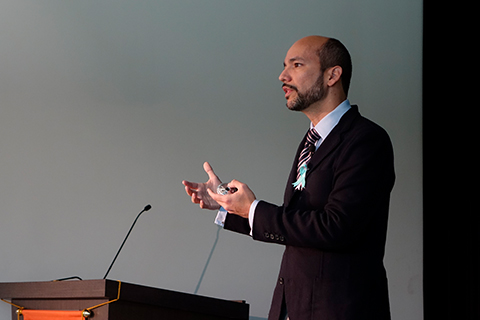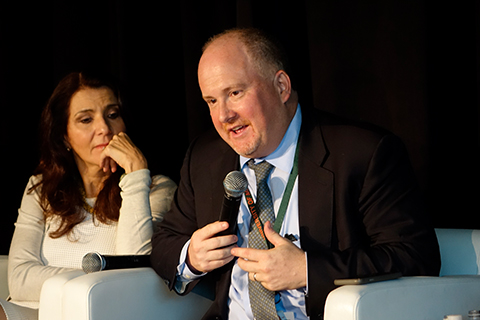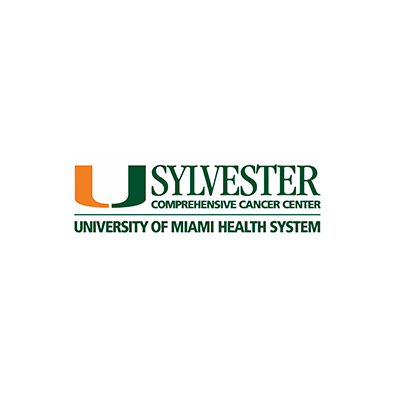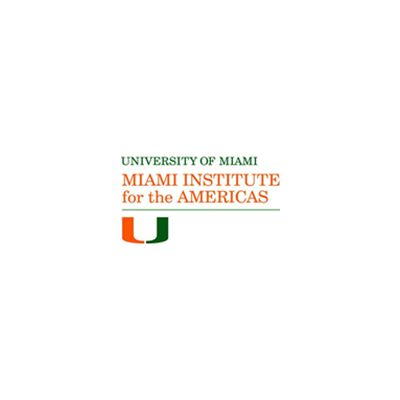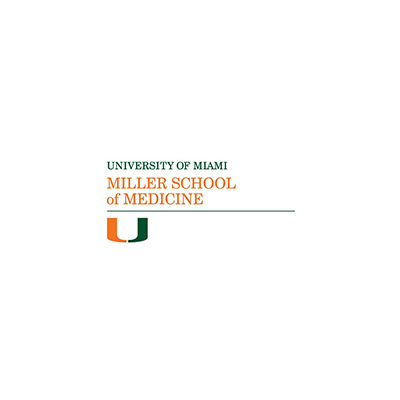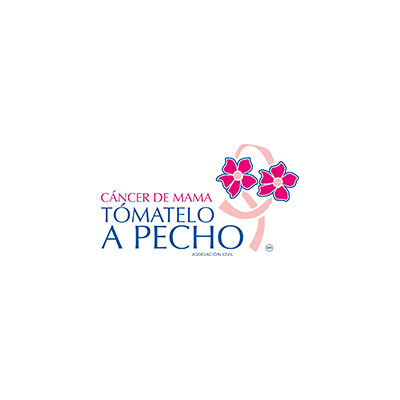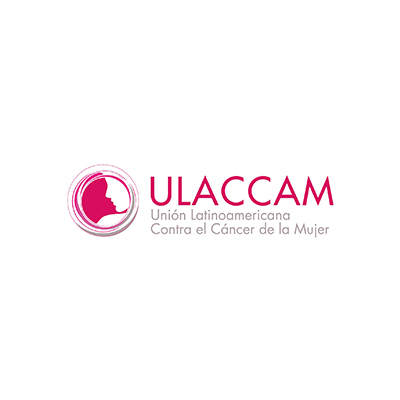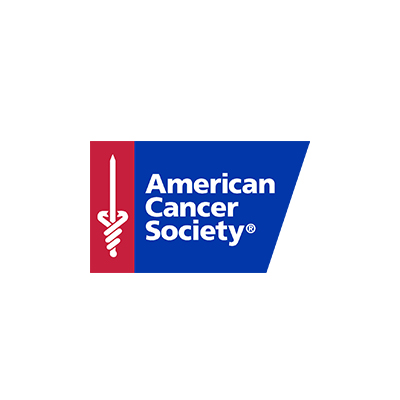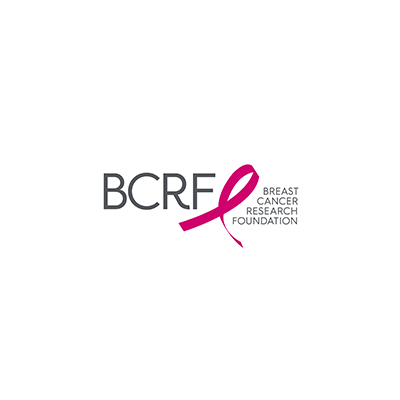The University of Miami Institute for Advanced Study of the Americas’ work on women´s cancers in the Americas and this Symposium are the result of visionary seed funding provided by Patti Herbert, B.B.A. ’57 and University of Miami Trustee Allan Herbert, B.B.A. ’55. The Herberts are dedicated long-time supporters and active members of the University of Miami community.
- Accessibility Options:
- Skip to Content
- Skip to Search
- Skip to footer
- Office of Disability Services
- Request Assistance
- 305-284-2374
- Display:
- Default
- High Contrast
- Apply
- About UM
- Give to UM
-
Schools
- School of Architecture
- College of Arts and Sciences
- Miami Herbert Business School
- School of Communication
- School of Education and Human Development
- College of Engineering
- School of Law
- Rosenstiel School of Marine, Atmospheric, and Earth Science
- Miller School of Medicine
- Frost School of Music
- School of Nursing and Health Studies
- The Graduate School
- Division of Continuing and International Education
- Alumni







